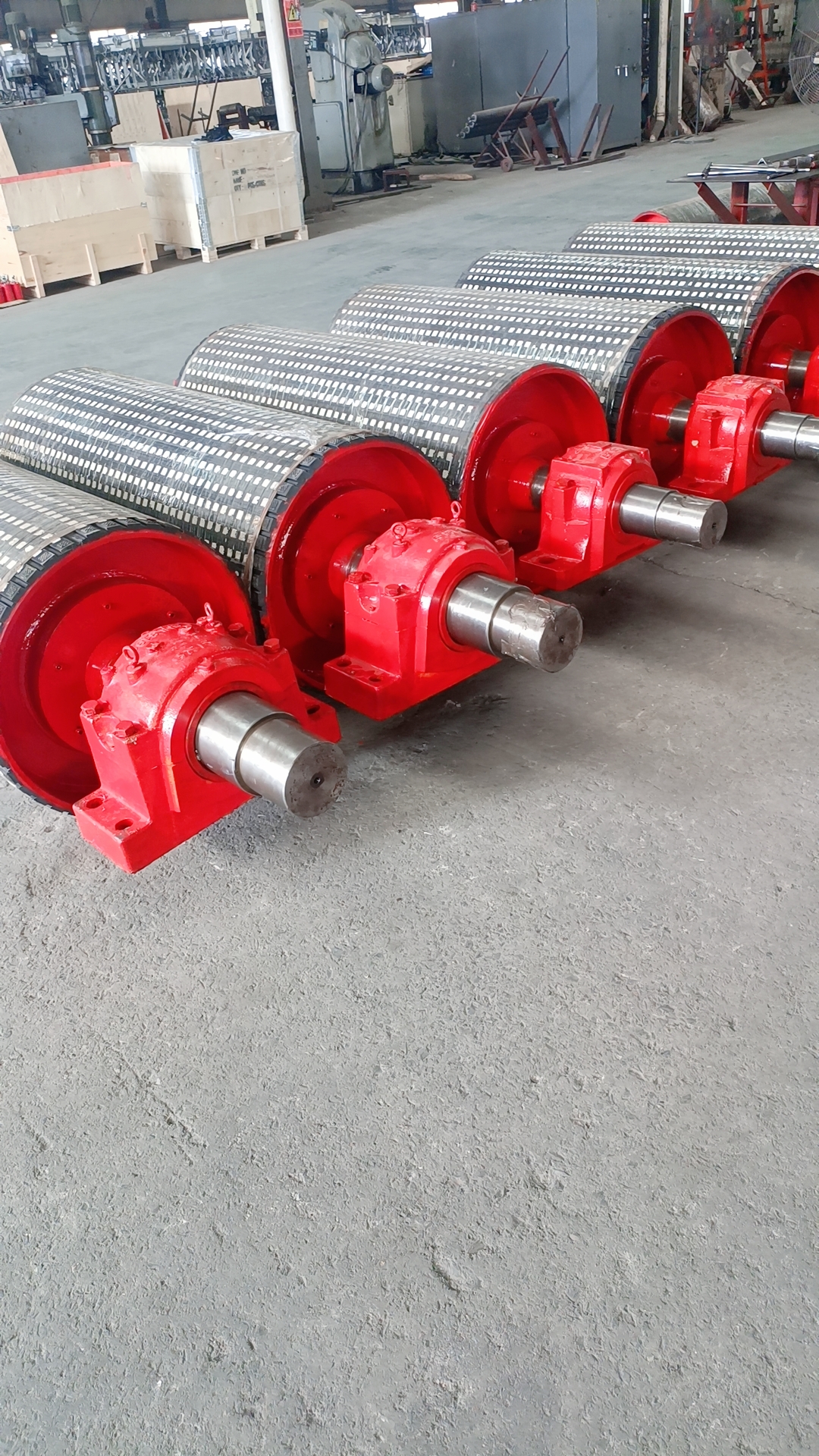 Afrikaans
Afrikaans  Albanian
Albanian  Amharic
Amharic  Arabic
Arabic  Armenian
Armenian  Azerbaijani
Azerbaijani  Basque
Basque  Belarusian
Belarusian  Bengali
Bengali  Bosnian
Bosnian  Bulgarian
Bulgarian  Catalan
Catalan  Cebuano
Cebuano  Corsican
Corsican  Croatian
Croatian  Czech
Czech  Danish
Danish  Dutch
Dutch  English
English  Esperanto
Esperanto  Estonian
Estonian  Finnish
Finnish  French
French  Frisian
Frisian  Galician
Galician  Georgian
Georgian  German
German  Greek
Greek  Gujarati
Gujarati  Haitian Creole
Haitian Creole  hausa
hausa  hawaiian
hawaiian  Hebrew
Hebrew  Hindi
Hindi  Miao
Miao  Hungarian
Hungarian  Icelandic
Icelandic  igbo
igbo  Indonesian
Indonesian  irish
irish  Italian
Italian  Japanese
Japanese  Javanese
Javanese  Kannada
Kannada  kazakh
kazakh  Khmer
Khmer  Rwandese
Rwandese  Korean
Korean  Kurdish
Kurdish  Kyrgyz
Kyrgyz  Lao
Lao  Latin
Latin  Latvian
Latvian  Lithuanian
Lithuanian  Luxembourgish
Luxembourgish  Macedonian
Macedonian  Malgashi
Malgashi  Malay
Malay  Malayalam
Malayalam  Maltese
Maltese  Maori
Maori  Marathi
Marathi  Mongolian
Mongolian  Myanmar
Myanmar  Nepali
Nepali  Norwegian
Norwegian  Norwegian
Norwegian  Occitan
Occitan  Pashto
Pashto  Persian
Persian  Polish
Polish  Portuguese
Portuguese  Punjabi
Punjabi  Romanian
Romanian  Russian
Russian  Samoan
Samoan  Scottish Gaelic
Scottish Gaelic  Serbian
Serbian  Sesotho
Sesotho  Shona
Shona  Sindhi
Sindhi  Sinhala
Sinhala  Slovak
Slovak  Slovenian
Slovenian  Somali
Somali  Spanish
Spanish  Sundanese
Sundanese  Swahili
Swahili  Swedish
Swedish  Tagalog
Tagalog  Tajik
Tajik  Tamil
Tamil  Tatar
Tatar  Telugu
Telugu  Thai
Thai  Turkish
Turkish  Turkmen
Turkmen  Ukrainian
Ukrainian  Urdu
Urdu  Uighur
Uighur  Uzbek
Uzbek  Vietnamese
Vietnamese  Welsh
Welsh  Bantu
Bantu  Yiddish
Yiddish  Yoruba
Yoruba  Zulu
Zulu conveyor pulley lagging
The Importance of Conveyor Pulley Lagging in Material Handling Systems
Conveyor systems play a pivotal role in various industries, ranging from mining to manufacturing. Among the numerous components that ensure the smooth operation of these systems, conveyor pulleys are essential in providing tension and support to the conveyor belt. However, to maximize efficiency and longevity, pulley lagging becomes a critical factor that merits attention.
What is Pulley Lagging?
Pulley lagging refers to the layer of material applied to the surface of a conveyor pulley. This protective layer enhances friction between the pulley and the conveyor belt, which is crucial for effective drive power transmission. Common materials used for pulley lagging include rubber, ceramic, and polyurethane. The choice of lagging material often depends on the specific requirements of the conveyor system, such as the type of materials being transported and the environmental conditions.
Benefits of Conveyor Pulley Lagging
1. Improved Traction One of the primary functions of lagging is to increase the coefficient of friction between the pulley and the conveyor belt. Improved traction minimizes belt slippage, ensuring that the conveyor operates efficiently with reduced power consumption.
2. Extended Equipment Life The wear and tear on pulleys can be significant, especially in high-load scenarios. Lagging serves as a protective buffer, reducing direct contact between the pulley and the belt. This protective layer decreases wear on both components, extending their operational life and reducing maintenance costs.
conveyor pulley lagging

3. Enhanced Performance in Adverse Conditions In harsh environments, where extreme weather or abrasive materials are common, lagging plays a crucial role in maintaining optimal performance. Properly lagged pulleys can withstand harsh conditions, ensuring that the conveyor system operates smoothly even in challenging settings.
4. Reduction of Noise and Vibration Additionally, conveyor systems can create a significant amount of noise and vibration during operation. Lagging materials can dampen these effects, creating a quieter and more stable operational environment.
Installation and Maintenance Considerations
For optimal performance, proper installation of pulley lagging is essential. It is crucial to ensure that the lagging is applied evenly and securely, as any misalignment can lead to premature wear or operational failures. Regular inspections should also be conducted to monitor the condition of the lagging material. Over time, wear and tear may necessitate replacement, ensuring the continued effectiveness of the conveyor system.
Conclusion
In conclusion, conveyor pulley lagging is a fundamental aspect of material handling systems that directly influences efficiency, safety, and longevity. By enhancing traction, protecting equipment, and improving performance in varying environmental conditions, pulley lagging proves to be a worthwhile investment for industries relying on conveyor systems. Businesses that prioritize proper lagging and maintenance are likely to experience smoother operations, lower operational costs, and increased productivity in the long run. As technology advances, the development of new lagging materials and techniques could further enhance the capabilities of conveyor systems, making them even more vital in the fast-paced industrial landscape.
-
Revolutionizing Conveyor Reliability with Advanced Rubber Lagging PulleysNewsJul.22,2025
-
Powering Precision and Durability with Expert Manufacturers of Conveyor ComponentsNewsJul.22,2025
-
Optimizing Conveyor Systems with Advanced Conveyor AccessoriesNewsJul.22,2025
-
Maximize Conveyor Efficiency with Quality Conveyor Idler PulleysNewsJul.22,2025
-
Future-Proof Your Conveyor System with High-Performance Polyurethane RollerNewsJul.22,2025
-
Driving Efficiency Forward with Quality Idlers and RollersNewsJul.22,2025





























